The Cabeza de Juárez Monument and Museum was planned as a monument to the centenary of the death of Benito Juárez in 1872. It was begun during the administration of President Luis Echeverría Álvarez (1970-1976).
The project was led by architect Lorenzo Carrasco with engineering assistance from engineer and architect, Miguel Ramírez Bautista. The painting was planned to be handled by muralist, David Alfaro Siqueiros, long famous for the 3-D elements of his colorful and very well-regarded murals. Unfortunately, Siqueiros died in 1974.
At that point, Luis Arenal Bastar, brother-in-law of Siqueiros and also a muralist, took over the project. Over a four-year period, the monument came to life. It was finally dedicated in 1976. The head alone is 13 meters tall and nine meters wide. It’s sometimes used as an icon identifying the entire east of the City.
The monument is most famous today for reflecting the spirit of the Taller de Gráfica Popular. The Popular Graphics Workshop had been founded by Arenal himself in 1937. A militant communist organization, much of the art from the workshop continues to influence even today. Arenal completed murals in New York’s Bellevue Hospital and collaborated on many others in both the U.S. and in Mexico. He also worked on multiple architectural and engineering projects. Arenal is perhaps still more famous for having co-founded the Salón de la Plástica Mexicana in 1949. It’s still one of the most influential visual arts organizations in Mexico.
Unfortunately, the monument was essentially abandoned soon after it opened. It was inhabited by numerous unsavory visitors for nearly 25 years. Only in the year 2000 was it again taken over by the City, and restored. As a museum and cultural center, it hasn’t always operated as planned. As public museum with permanent exhibitions about political and public life of President Juárez, it also contains murals on the inside walls. These reflect socialist and nationalist topics, distinctive of the muralist artist movement. The museum also hosts concerts, workshops, and cultural and artistic activities.
Today, the Cabeza de Juarez is also a very well-known landmark. It’s a clear signal for most of the daily drivers on Zaragoza Avenue that they’re on their way to Puebla.
Located right outside of Metro Guelatao, itself named for Benito Juárez’s hometown in Oaxaca, it’s an easy trip.
Hours: Tuesday to Sunday 10 a.m. to 5 p.m.
 museocabezadejuarez@hotmail.com
museocabezadejuarez@hotmail.com
 +525554451160
+525554451160
 http://sic.conaculta.gob.mx/ficha.php?table=museo&table_id=547
http://sic.conaculta.gob.mx/ficha.php?table=museo&table_id=547
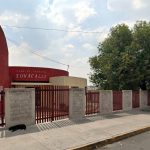
Nearest at 0.32 kms.
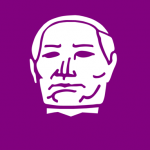
Nearest at 0.49 kms.
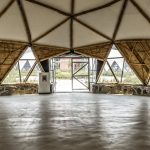
Nearest at 0.50 kms.

The nerve center of UNAM's CU campus...
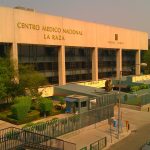
One of Mexico City's most important medical facilities....

A striking historical cultural center and theater, it's one of the City's most photographed landmarks.
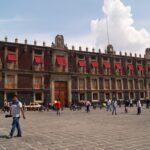
The old customs building today shows off some the SEP's extensive art collection.
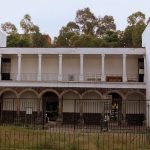
One of Tlatelolco's oldest continually occupied sites, it's the former seat of the Indigenous Government.